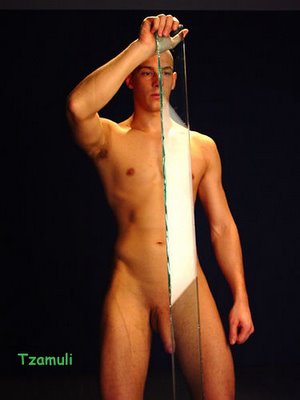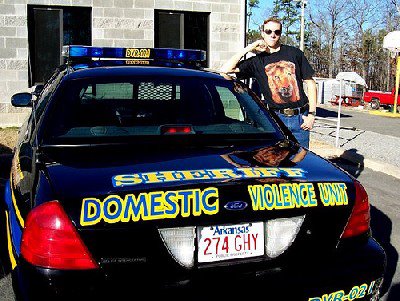 A man hitting a woman is the first thing people tend to think of when talking about domestic violence, said KC Quirk, executive director for the Esperanza Shelter for Battered Families. But this definition breaks down when it comes to domestic violence in the gay community.
A man hitting a woman is the first thing people tend to think of when talking about domestic violence, said KC Quirk, executive director for the Esperanza Shelter for Battered Families. But this definition breaks down when it comes to domestic violence in the gay community.Forms that abuse may take can vary: It can be emotional/psychological, physical, economic or sexual, and it can include social isolation, Quirk said. For example, an abuser might threaten to "out" their partner to his or her family or workplace.
Threats of outing a partner's HIV or his or her immigration status also is often used.
Such things as outing and other phobias play on societal biases to convince victims of the very real possibility that they won't receive help from legal, social or medical providers because of who and what they are. Abusers use these added weapons to exert greater control, lower self-esteem and instill fear in their victims.
"Some of the myths circulating in the gay community is that the problem isn't as big as it seems and that the domestic violence is more of a mutual variety," said Kristin Carmichael, a counselor for Esperanza.
Statistics on domestic violence in the gay community are hard to come by, but a study conducted by the New York City Gay & Lesbian Anti-Violence Project said 80 percent of the 486 cases looked at in 2004 showed that lesbians and gay men have experienced some form of anti-gay or anti-lesbian bias-related violence.
In addition, the study reported that gay men and lesbians are more than four times more likely to become crime victims than heterosexuals.
The study was conducted in New York and surrounding cities.
Quirk says stereotypes develop in part because some people think two women in a relationship couldn't possibly be hitting each other, and that just isn't true.
"In any abusive relationship, there is a dominant party, whether they are both women or both men," she said.
According to the 2000 census, Santa Fe had the second highest per capita incidence of same-sex households in the United States, making the gay community a vital component of this community, and Quirk believes more could be done. For example, a program needs to be developed to track domestic violence in the gay community, and counselors need more education on how to treat various forms of abuse experienced by gays, she said.

Esperanza doesn't ask its clients whether they are straight, gay, lesbian, bisexual, transgendered or intersex (a person born with a reproductive or sexual anatomy that doesn't fit the typical definitions of female or male).
Shelter employees find out a client's sexuality only if the client tells them, and then counselors help the client the best they can, Quirk said. The center wants to ensure that gay victims of domestic violence know it isn't biased against them.
Counselors have noticed that victims don't come in for counseling until one of two things happens: Either a court has ordered one or both parties to participate in counseling or the situation has escalated to such a dangerous point that either the victim or abuser sees no other option than to seek help, Quirk said.
Domestic violence reaches across the spectrum, Carmichael said.
"People want to look at the environment as being similar, but race, class and gender play a big part," she said.
All that can be done now is to make the gay community aware they have a place to get help, Quirk said.
from Free New Mexican
No comments:
Post a Comment